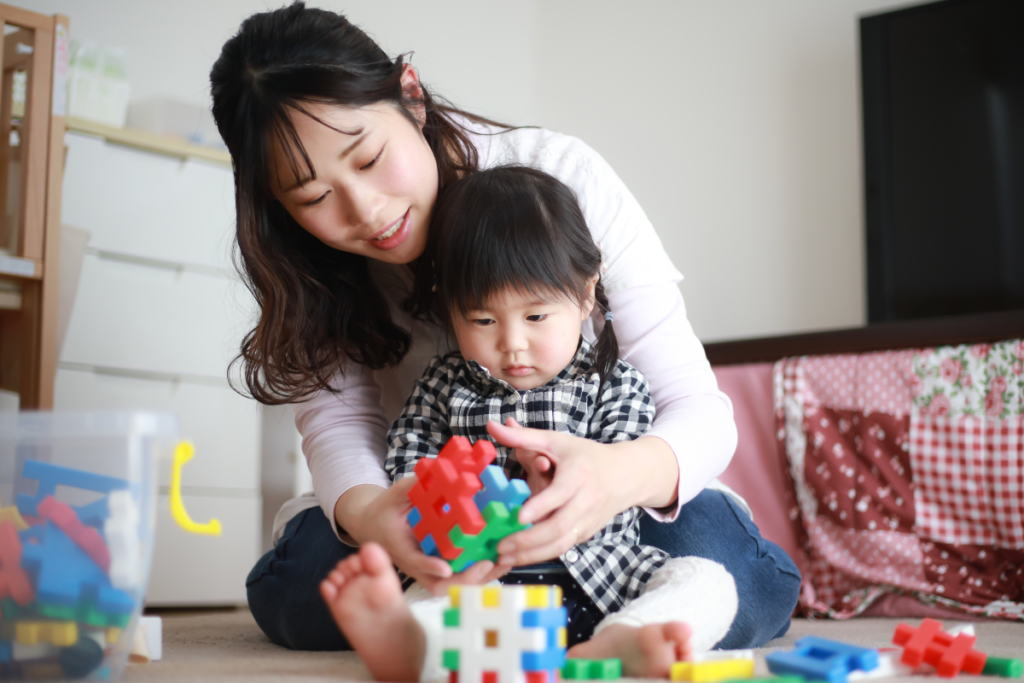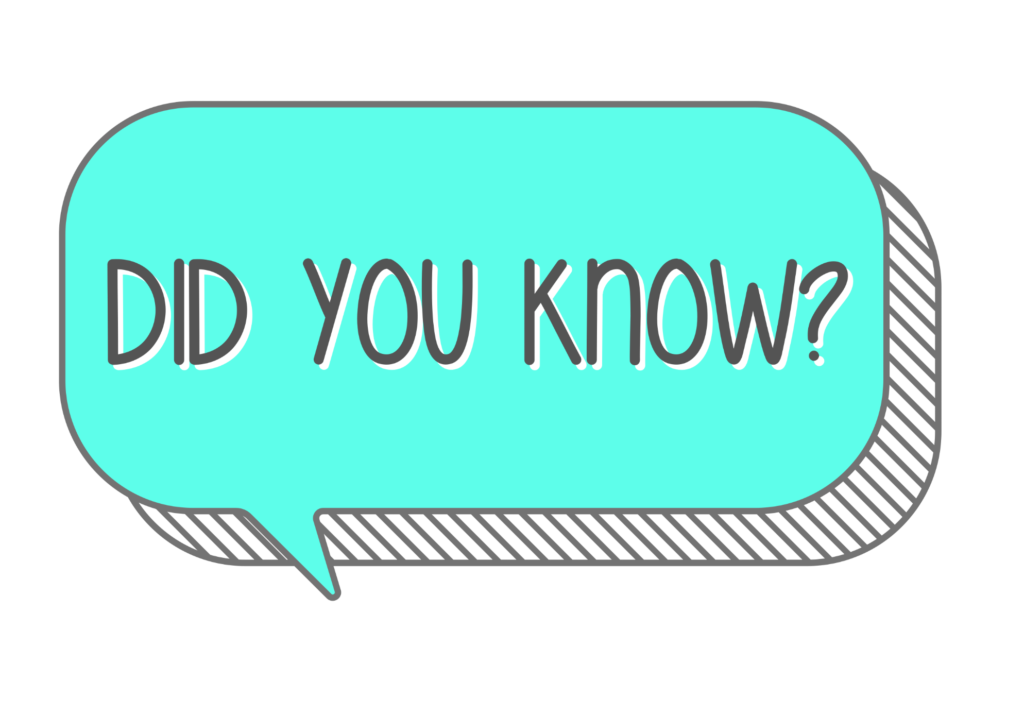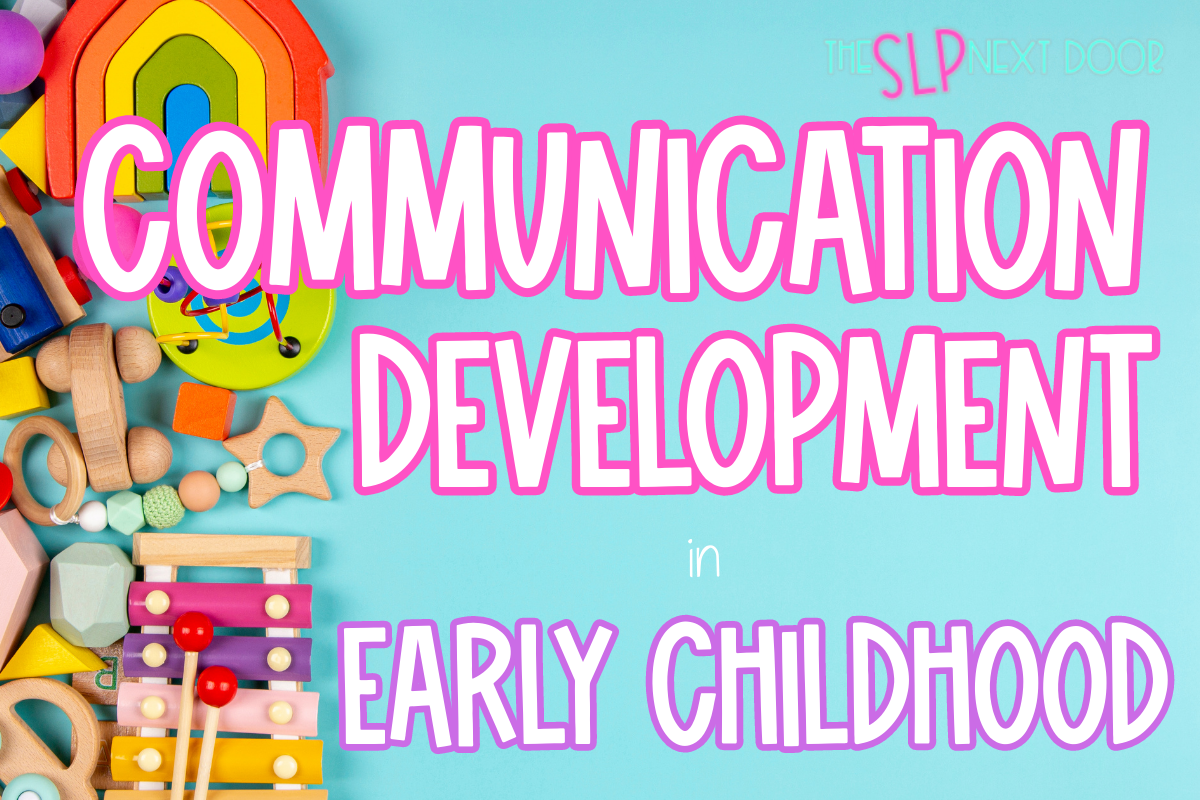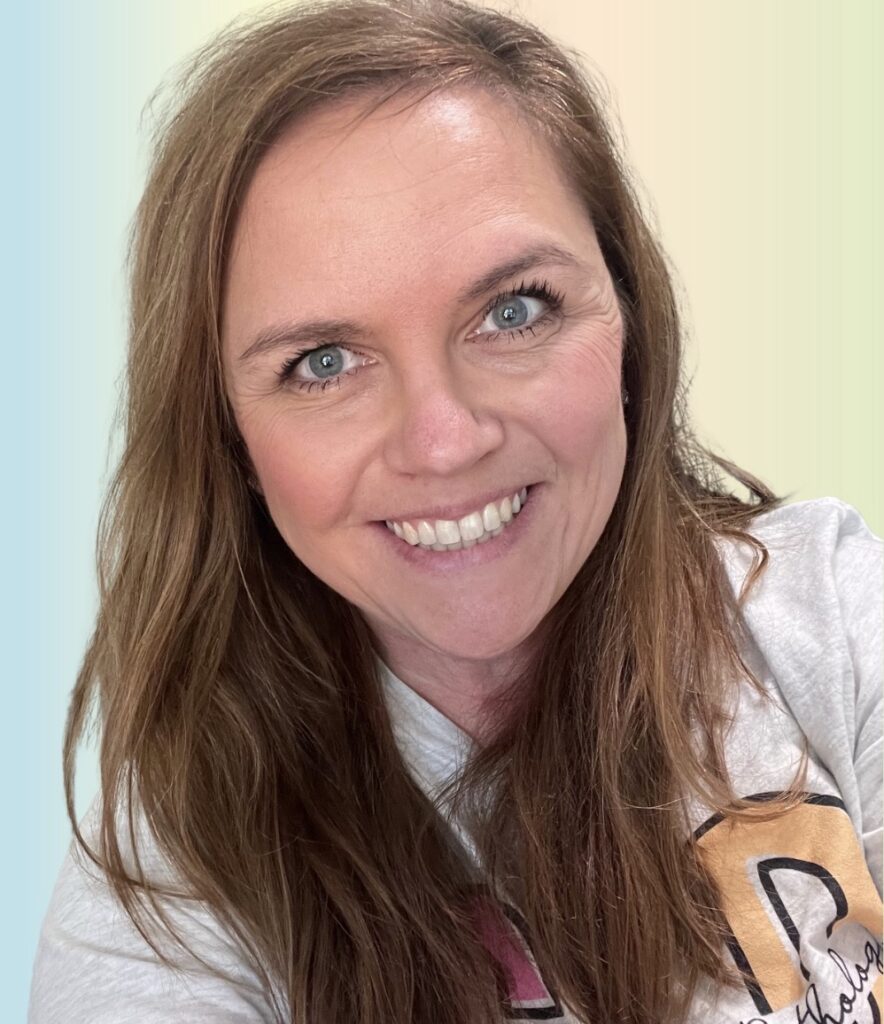Did you know that communication skills begin to develop long before a child starts talking? 🗣️ Early communication skills are crucial for a child’s overall development and future success. Here are some milestones to look out for…

What is Early Childhood Communication?
Miriam-Webster defines communication as “a process by which information is exchanged between individuals through a common system of symbols, signs, or behavior” The American Academy of Pediatrics defines early childhood as “a pivotal period of child development that begins before birth through age 8. This is a period of rapid brain and body development.”
Parents often think their child isn’t communicating because they aren’t talking – but that is rarely the case. We begin to communicate as infants and develop more communication skills through trial and error situations occurring in our natural environment. Initially, we cry and someone feeds, changes, or responds to us. As development continues, we begin to imitate the sounds caregivers have previously used toward us and because of the positive experience we receive from those interactions, development continues and we produce more sounds and eventually words.
Early Communication Milestones
- Environmental Awareness: Babies begin to notice their environment as early as a few weeks old! It’s a vital step towards building connections and developing social skills.
- Babbling: Around 6 months, babies start making random sounds, experimenting with different tones, and mimicking speech. This is their way of practicing the sounds they hear in their environment.
- Pointing: Pointing is a significant communication milestone that usually emerges around 9-12 months. It’s a way for babies to express their interests, share attention, and make requests.
- Gestures: Babies use gestures like waving, clapping, and reaching to communicate even before they can speak. These gestures help them express themselves and interact with others.
- Turn-taking: Taking turns in communication is a vital skill that develops during infancy. Babies learn to pause and respond to others, building the foundation for back-and-forth conversations.
- Listening: Listening skills are essential for effective communication. Babies start recognizing familiar sounds and voices and respond to them, developing their listening abilities.
- Social Interactions: Communication is not just about speaking, but also about listening and responding to others. Toddlers learn to take turns in conversation, respond to questions, and engage in social interactions. Social interaction is a vital aspect of communication development as it helps toddlers understand the give-and-take of conversation.
Supporting Your Child’s Communication Development
As parents, you play a crucial role in nurturing your child’s communication skills. Here are some tips on how you can support your toddler’s communication development:
- Create a language-rich environment: Surround your child with a language-rich environment by talking, singing, and reading to them regularly. Use simple, clear language and describe what you’re doing or what your child is experiencing. This helps your child absorb the rhythm and melody of language and expands their vocabulary.
- Respond to your child’s cues: Pay attention to your child’s cues and respond promptly. When your child babbles or gestures, respond with enthusiasm and acknowledge their attempts to communicate. This encourages them to continue communicating and builds their confidence.
- Encourage conversation: Encourage conversation by asking open-ended questions that require more than a yes or no answer. For example, instead of asking, “Did you have fun?”, ask “What did you do today?”. This encourages your child to express themselves and share their thoughts and experiences.
- Use gestures and visual aids: Use gestures, facial expressions, and visual aids such as pictures or props to support your child’s understanding of language. Point to objects or pictures as you name them to help your child make connections between words and their meanings.
- Be patient and supportive: Toddler communication development takes time and practice. Be patient and supportive as your child learns to navigate the complexities of language. Avoid interrupting or finishing your child
Communication is Power
The next time you’re conducting an evaluation on a toddler or talking with a parent about their toddler’s progress [or lack of], remember: it’s all about communication. Determining how a toddler communicates is going to help provide some insight on their ability to make progress – and what progress will look like!

Reading is a great way to improve communication and encourage language development in early childhood. Story reading aloud is a research-based strategy that helps begin the development of early literacy skills, increase vocabulary acquisition and development, and improves cognitive skills. Reading aloud is the most important factor for being a knowledge base that will lead to greater reading success. Reading with Babies and Toddlers is the ultimate guide to encouraging literacy and language development in early childhood.



One Response